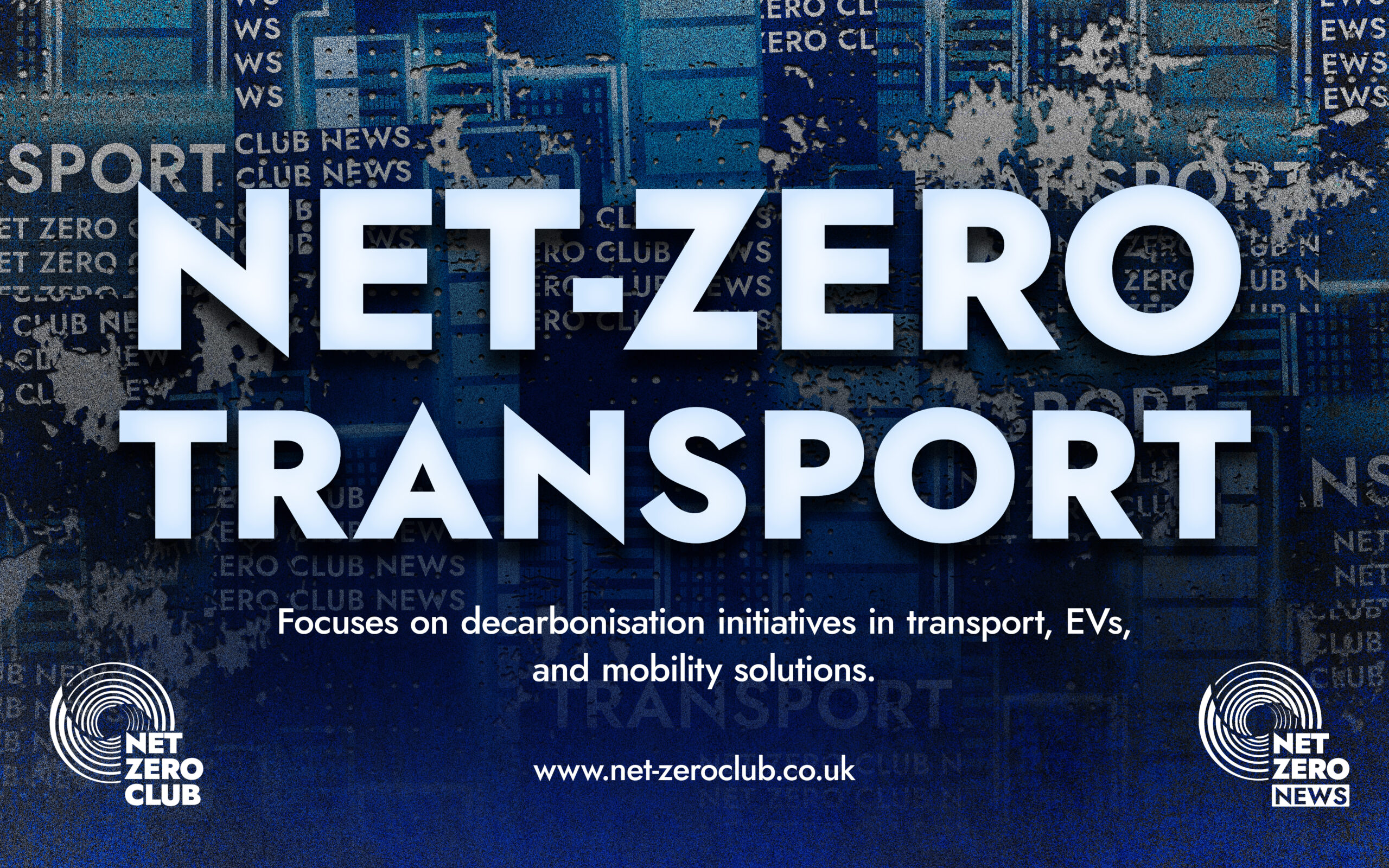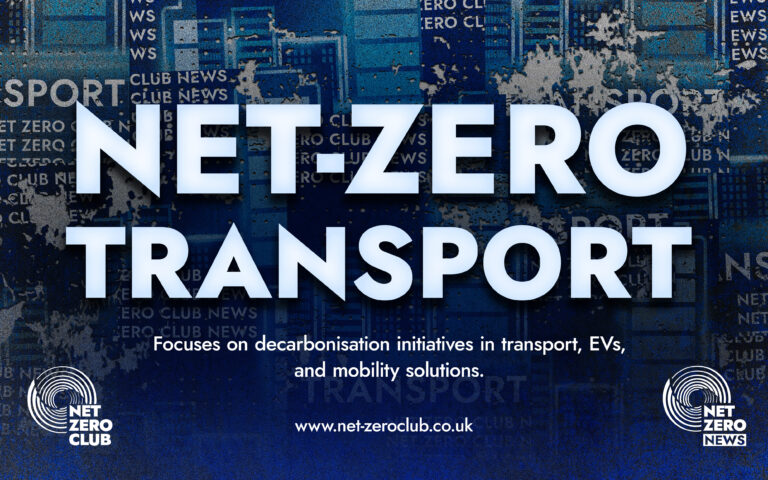EV Drivers Prioritise Convenient Charging and Willing to Pay

Welcome, Net Zero News readers!
In an era where electric vehicles (EVs) are becoming increasingly integral to our transportation landscape, a recent study has revealed fascinating insights into the preferences of EV drivers, particularly when it comes to charging their cars. Conducted by Gilbarco-Veeder Root, this comprehensive survey of 5,500 battery electric vehicle (BEV) and hybrid drivers across Europe and the United States uncovers a maturing market that not only demands higher standards from charging point operators (CPOs) but also presents exciting opportunities for innovative fuel retailers.
As the adoption of electric vehicles continues to rise, the expectations of drivers are evolving. The study highlights that convenience is paramount; a staggering 40% of European BEV drivers indicated that they would opt for the charging stations closest to their location. This preference for proximity is a clear indicator of the importance of accessibility in the charging experience. Moreover, more than half (54%) of respondents expressed that they would be deterred by a detour of more than 10 minutes, while an impressive 72% stated they would not be willing to travel an additional 20 minutes from their planned route just to charge their vehicle. Alarmingly, one in nine (11%) drivers reported that they would not make any detour at all for charging.
What this data suggests is that time efficiency has a tangible value to EV drivers. The survey revealed that drivers are willing to pay as much as 36% more for charging services if it means avoiding even a five-minute detour. In contrast, only 23% of respondents indicated that high charging prices would deter them from using a specific location. Interestingly, American drivers appear to be more price-sensitive; only 51% expressed reluctance at the thought of a 20-minute detour, while 46% would be put off by expensive charging rates.
But there’s more to the charging experience than just plugging in. The survey found that drivers are not merely waiting in their vehicles during charging stops. In fact, only 25% of European BEV drivers reported staying in their cars during a typical 15-minute rapid charge. Instead, a significant 39% took the opportunity to use toilet facilities, while a remarkable 74% ventured into on-site shops or restaurants to grab refreshments. This behaviour underscores the evolving nature of the charging stop, transforming it into a necessary pause for drivers to recharge themselves as well.
When it comes to selecting a charging location, half (52%) of European BEV drivers indicated that they actively seek out shops or restaurants at these sites. The availability of toilets was a deciding factor for 36% of respondents, while 21% valued access to customer Wi-Fi or workspaces, recognising that longer dwell times can be productive. The demand for in-store payment options (34%) and loyalty or reward schemes (32%) suggests that drivers expect to purchase electricity in a manner similar to any other fuel, reinforcing the need for a customer-centric approach at charging stations.
However, it is essential to note that drivers are not willing to make significant detours for amenities alone. The survey revealed that drivers are only prepared to detour an average of 8.6 minutes to access the facilities they desire. Furthermore, concerns regarding unreliable chargers (27%) and locations with only a single charging unit (24%) were significant factors influencing their decision to seek alternative locations. Therefore, ensuring robust and efficient charging infrastructure is crucial for catering to this rapidly expanding market.
“Challenges with public charging have long been cited as hurdles for electric vehicle adoption – and our survey shows drivers rightly expect this to be as simple as filling with fuel,” commented Merrick Glass, president of Konect eMobility at Gilbarco Veeder-Root. “Forecourts are perfectly placed to raise the bar, with locations close to major routes and facilities where drivers can rest, refresh and reconnect while they’re plugged in.”
This sentiment highlights a pivotal opportunity for fuel retailers and charging point operators to rethink their offerings. By investing in infrastructure that not only provides efficient charging but also enhances the overall experience for drivers, they can attract a loyal customer base. The future of EV charging lies not just in the provision of electricity but in creating a holistic experience that meets the diverse needs of modern drivers.
As the EV market continues to evolve, understanding the preferences and behaviours of drivers will be key to developing strategies that encourage widespread adoption. The insights gleaned from this study serve as a vital reminder that charging infrastructure must keep pace with the expectations of drivers. The demand for convenience, efficiency, and additional amenities will only grow as more individuals transition to electric vehicles.
In conclusion, the journey towards a sustainable future powered by electric vehicles is not solely about the technology itself but also about the experiences we create around it. By prioritising convenience and enhancing the charging experience, we can pave the way for a greener, more connected world. The challenge now lies in ensuring that charging points are not merely functional but also serve as welcoming spaces for drivers to recharge themselves and their vehicles.
As we continue to advocate for net zero initiatives, understanding and addressing the needs of EV drivers will be essential. The path forward is bright, but it requires collaboration, innovation, and a commitment to creating a sustainable future for all. Let’s embrace the journey ahead and work together to make electric vehicle adoption as seamless and enjoyable as possible!

 Got net-zero news, project updates, or product launches to share?
Got net-zero news, project updates, or product launches to share? 